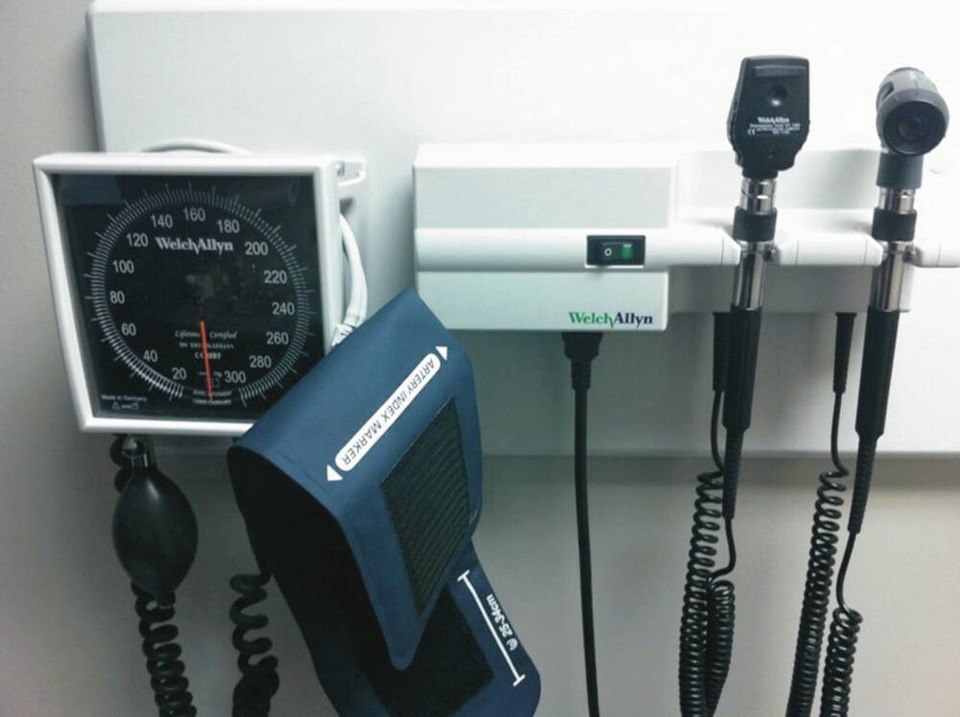The crisis in family medicine cannot be resolved with piecemeal solutions like those we’ve seen so far.
Urgent care clinics? Perhaps, but where are the physicians to staff them?
Training more doctors and nurses? Yes, but this takes years and we have a problem right now.
Attracting more foreign trained physicians? Again yes, but a large percentage of these physicians either fail entry exams, or require significant retraining.
Viewed against the huge structural problems confronting family medicine, we need a more fundamental rethink.
The main obstacle to family practice reform is an outdated fee system.
On the current model, known as fee for service (FFS), physicians bill the Medical Services Plan for each patient they treat. FFS was intended to reward efficiency; the more patients you saw, the more you could bill.
This might have been fine when the population was young and treatments were simpler.
But times have changed. Patients are older with more chronic diseases that need team-based care, and treatments are more complex.
FFS also assumes that physicians are running small businesses and will pay for their overhead from the fees they earn. In an environment of rising real estate prices, labour shortages and complex administrative demands, this is increasingly impractical.
Although the picture of a family doctor working alone in a downtown office no longer seems viable, Victoria leads B.C. in the number of family physicians who remain in solo practice.
So what are the alternatives?
First, recognize the complexity of modern patient care and try to move family doctors out of solo practice and into team-based care.
Island Health and other health authorities are offering family physicians contract-based employment, with a financial incentive to spend more time with older or sicker patients.
These contracts also offer an opportunity to work with allied professionals like nurse practitioners, social workers, psychologists and physiotherapists. The main requirement is that physicians who join this fee model must work in groups of at least three.
Second, for those physicians who don’t want a contract, develop more incentives to remain in practice.
Part of this revolves around the miserly fee increases granted family practitioners over the years.
Two examples: The fee for a standard office visit was $30.64 five years ago. Today it is $31.62, an increase of just three per cent, clearly insufficient to keep up with inflation.
In 2006, under pressure to offer incentives for chronic disease management, the government introduced a new fee. But the amount set remains largely unchanged today, 16 years later.
There is also the issue of pay equity, or more precisely, the lack of it. An ophthalmologist can bill $1 million a year. Most family doctors are held to about a quarter of that.
This in no way recognizes the huge range of complex services family doctors must provide.
One option here would be to bring the earnings of family physicians more in line with other clinical fields, something Doctors of B.C. has opposed in the past.
Then use the information we already have to identify the most pressing primary care needs and set up clinics to address them.
B.C. already has cystic fibrosis clinics. Why not contraceptive clinics or migraine clinics for patients who do not have a family physician?
Give pharmacists authority to renew routine prescriptions like contraceptive pills or asthma inhalers, or prescribe selected medications.
And remove the requirement that physicians may only write prescriptions lasting three months at a time.
None of these reforms will come easily, and some carry elements of risk. But that is where we find ourselves.
It would help if the Ministry of Health laid out a comprehensive plan that covered all the ground. Show us the whole picture, along with realistic timetables.
And lastly, we need the legislature to bend its collective mind to enacting these reforms. There should be no more disgraceful performances like the one last week, with members on both sides yelling on their feet and acting like spoiled brats.
If real improvements are to be made, everyone involved — politicians, professional oversight bodies, unions, advocacy groups, patients. and caregivers themselves — must be willing to give up long-cherished routines and face the need for real change.



